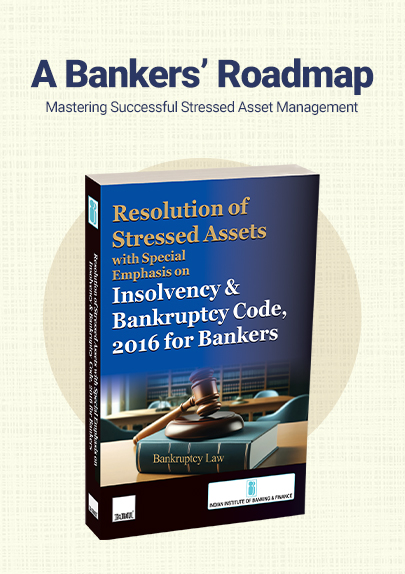Accounting for Compound Share-Based Payment Option Under Ind AS 102
- Blog|News|Account & Audit|
- < 1 minute
- By Taxmann
- |
- Last Updated on 27 January, 2024
Para 35 of Ind AS 102 states that if an entity has granted the counterparty the right to choose whether a share-based payment transaction is settled in cash or by issuing equity instruments, the entity has granted a compound financial instrument. Such compound financial instrument includes a debt component (i.e. the counterparty’s right to demand payment in cash) and an equity component (i.e. the counterparty’s right to demand settlement in equity instruments rather than in cash). For transactions with parties other than employees, in which the fair value of the goods or services received is measured directly, the entity shall measure the equity component of the compound financial instrument as the difference between the fair value of the goods or services received and the fair value of the debt component, at the date when the goods or services are received.
In this story, a company has issued a share-based option to its employees which can be exercised in cash or equity. It discusses the accounting for compound financial instruments when recognizing the options given to employees at the end of vesting period and (a) employees exercised the option of receiving cash (b) employees exercised the option of receiving shares as per Ind AS 102.
Click Here To Read The Full Story
Disclaimer: The content/information published on the website is only for general information of the user and shall not be construed as legal advice. While the Taxmann has exercised reasonable efforts to ensure the veracity of information/content published, Taxmann shall be under no liability in any manner whatsoever for incorrect information, if any.

Taxmann Publications has a dedicated in-house Research & Editorial Team. This team consists of a team of Chartered Accountants, Company Secretaries, and Lawyers. This team works under the guidance and supervision of editor-in-chief Mr Rakesh Bhargava.
The Research and Editorial Team is responsible for developing reliable and accurate content for the readers. The team follows the six-sigma approach to achieve the benchmark of zero error in its publications and research platforms. The team ensures that the following publication guidelines are thoroughly followed while developing the content:
- The statutory material is obtained only from the authorized and reliable sources
- All the latest developments in the judicial and legislative fields are covered
- Prepare the analytical write-ups on current, controversial, and important issues to help the readers to understand the concept and its implications
- Every content published by Taxmann is complete, accurate and lucid
- All evidence-based statements are supported with proper reference to Section, Circular No., Notification No. or citations
- The golden rules of grammar, style and consistency are thoroughly followed
- Font and size that’s easy to read and remain consistent across all imprint and digital publications are applied






 CA | CS | CMA
CA | CS | CMA


